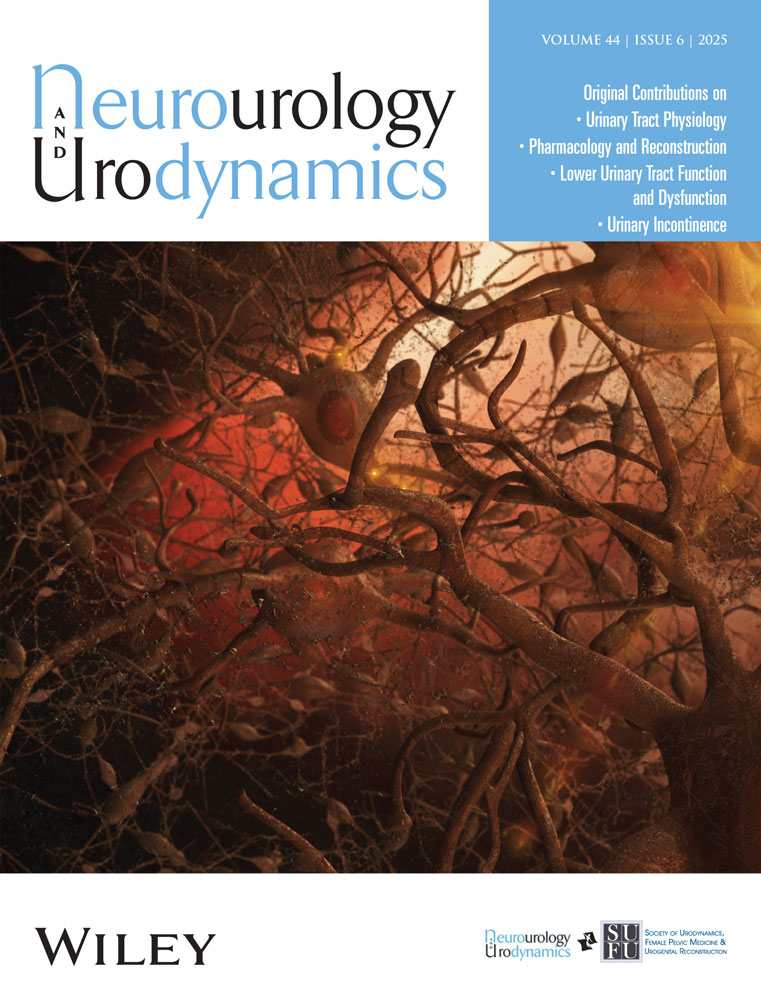TURP and low-energy TUMT treatment in men with LUTS suggestive of bladder outlet obstruction selected by means of pressure-flow studies: 8-year follow-up†
No conflict of interest reported by the author(s).
Abstract
Aims
To evaluate the long-term outcome of transurethral resection of the prostate (TURP) and transurethral microwave thermotherapy (TUMT) in men with symptomatic benign prostatic hyperplasia (BPH), when allocation to the treatment-group was based on urodynamic diagnosis of bladder outlet obstruction (BOO).
Methods
A total of 231 elderly men with symptomatic BPH were treated either by TURP or by low-energy TUMT. A pressure-flow study was performed to detect the obstruction and to help in the selection of the two treatments. The patients were examined at baseline then checked again after 2 and 8 years.
Results
At 2 years of follow-up there was a significant improvement for both IPSS and QoL (P < 0.0001) in both groups of treatment. This was accompanied by a significant improvement (P < 0.0001) in the maximum flow rate from 10.0 (5.8) to 16.4 (7.6) in the TURP group and from 12.1 (5.2) to 14.9 (5.7) in the TUMT group. These findings persisted at 8 years, they were, however, more pronounced after TURP. The overall retreatment rate reached a value of 11% in the TURP group and 27% in the TUMT group, respectively. At the follow-up, 95% of the patients who underwent TURP and 70% of the patients treated by TUMT claimed to be satisfied with that choice.
Conclusions
With durable symptomatic improvement and lowest retreatment rate, TURP still presents a standard treatment option for patients with severe BOO. Low-energy TUMT has sufficiently relieved patients' symptoms and can be offered to less obstructed patients as an alternative. Neurourol. Urodynam. 25:770–775, 2006. © 2006 Wiley-Liss, Inc.




